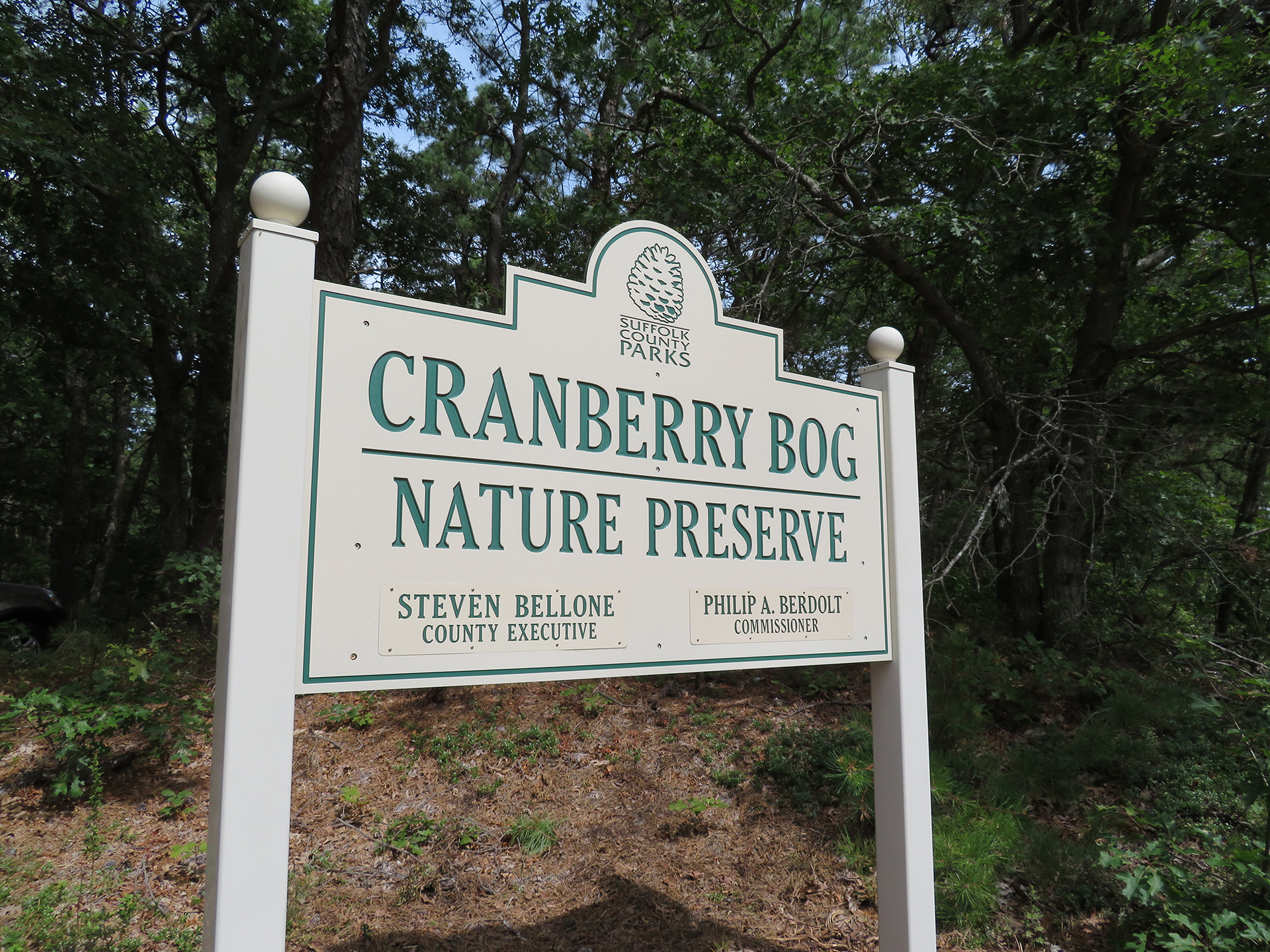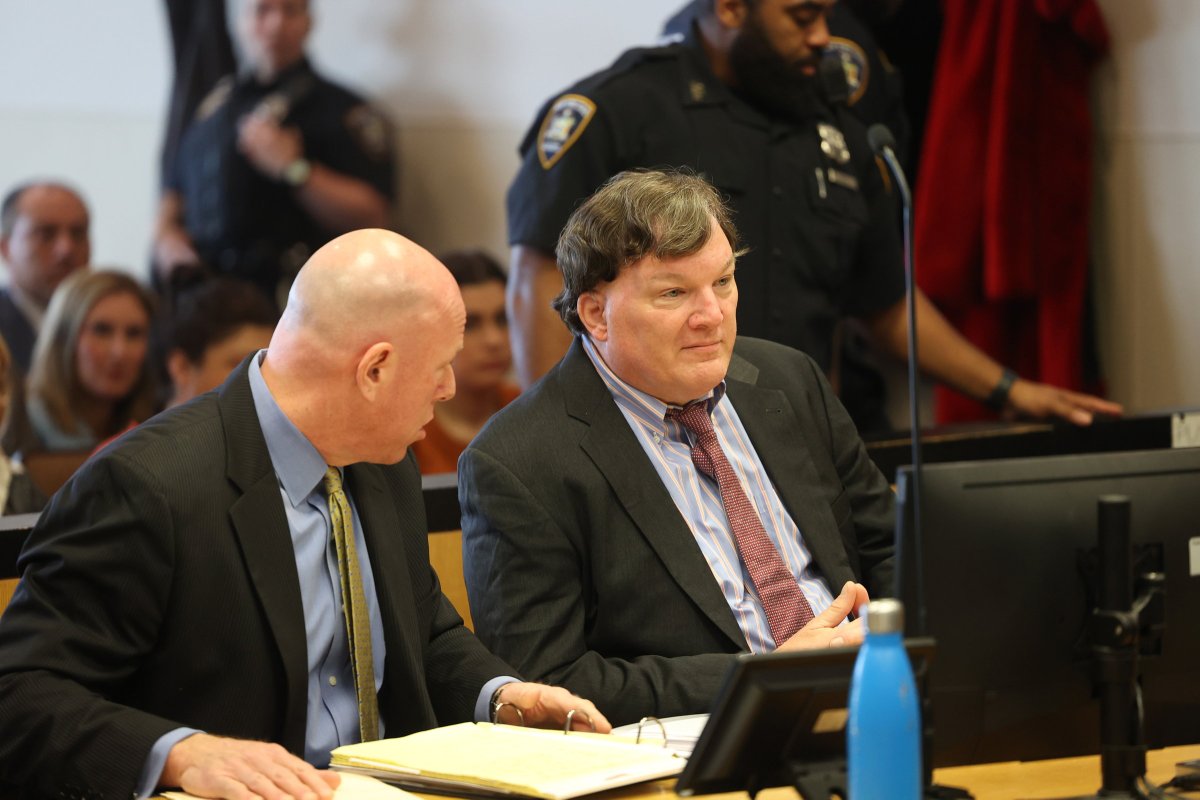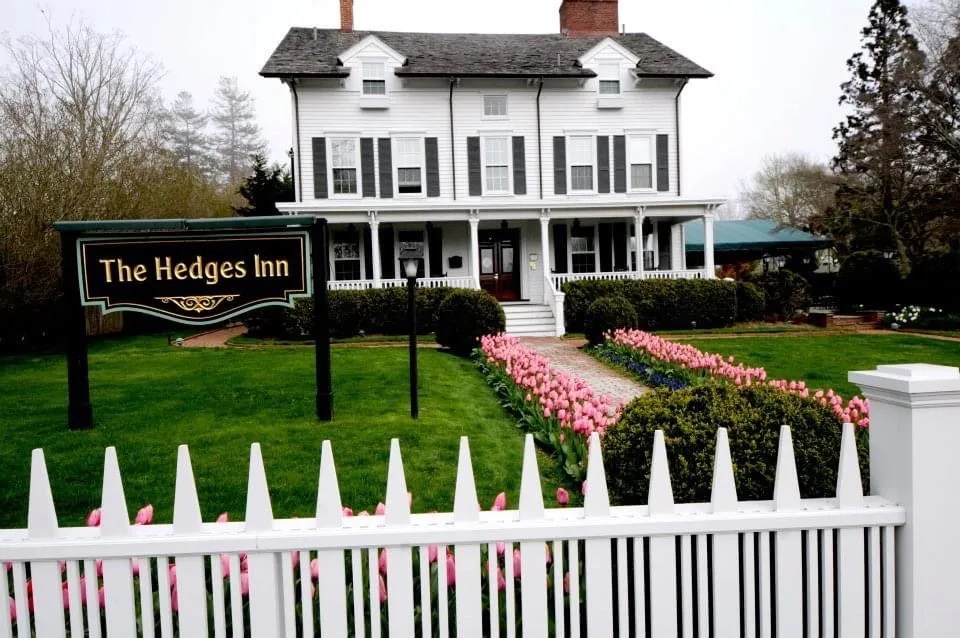Riverside’s Woodhull Dam Fish Passage


At its June meeting, the Suffolk County Water Quality Protection and Restoration Program Review Committee recommended $80,000 in funding for the Woodhull Dam Fish Passage in Riverside.
The county-owned Woodhull Dam is a major barrier to diadromous fish (fish that live in both salt and fresh water) along the Little River, a major tributary of the Peconic River, and is blocking the migration upstream of the river herring, aka the alewife, and the American eel population that spawn in the river. The funding will help create a permanent fish passage and access to 95 acres of prime spawning and maturation habitat within the preserved lands of Wildwood Lake and Cranberry Bog Preserve.
The long-term ecological and socioeconomic outcomes, such as the enhancement of nutrient cycling within the ecosystem, restoration of critical spawning and nursery habitat, increased populations of river herring, and balances in the freshwater and tidal stream corridor, are all reasons to highlight the importance of this project.
According to the Seatuck Environmental Association’s website, “Diadromous fish play a vital role in the coastal ecosystem. In particular, their movement from salt to fresh water is especially important in transferring ocean-derived energy into estuarine, freshwater, and upland habitats. River Herring and American Eel also play an essential role as forage fish, providing prey for countless species during their annual migration.”
Most barriers, like the Woodhull Dam, were constructed generations ago to aid commercial and residential development. There are hundreds of them across the county. Almost none were designed with consideration for fish migration.
Legislator Bridget Fleming stated, “I fully support this effort in funding a project that not only fosters healthy ecosystems and enhances natural resources on Long Island’s East End, but will also benefit fishing and tourism industries.” She offered kudos to Legislator Al Krupski’s “tenacious pursuit of this important project.”
Upisland a bit, the Suffolk County Legislature recently adopted a pair of bills intended to limit nitrogen pollution originating from properties auctioned off by the county. Sponsored by Legislator Kara Hahn, the companion bills will require the county to identify all properties taken for tax default that are served by sewers, and for those that are not, to include a restrictive covenant requiring purchasers to install an Innovative and Alternative On-site Wastewater Treatment System within 15 months of the auction sale or, if vacant, upon development of the property, beginning in 2020.
These legislative approvals come just weeks after the release of a long-awaited Subwatersheds Wastewater Plan that outlines a county-wide blueprint for the transition away from cesspools and septic systems that have been directly linked to local nitrogen pollution and impaired water quality.
Currently, Suffolk County has possession of more than 2000 properties of which the titles have been acquired through tax default. Each year, approximately 250 additional parcels are foreclosed on for the non-payment of property taxes, with an average of 150 being offered for sale through an annual auction held in October.
“Suffolk County has played a leading role in addressing the serious water quality problems posed by excess nitrogen,” said John Turner, a conservation policy advocate with the Seatuck Environmental Association, calling the proposed bills “another meaningful, indeed critical, step in combating nitrogen pollution.”
“For the sustainability of our county’s water resources, we need to change the way in which we deal with our county’s wastewater. I am proud to announce that we have taken the first step in that process and a small step toward improved water quality,” Legislator Hahn concluded.
The bills now go to County Executive Steve Bellone for his signature.
bridget@indyeastend.com



